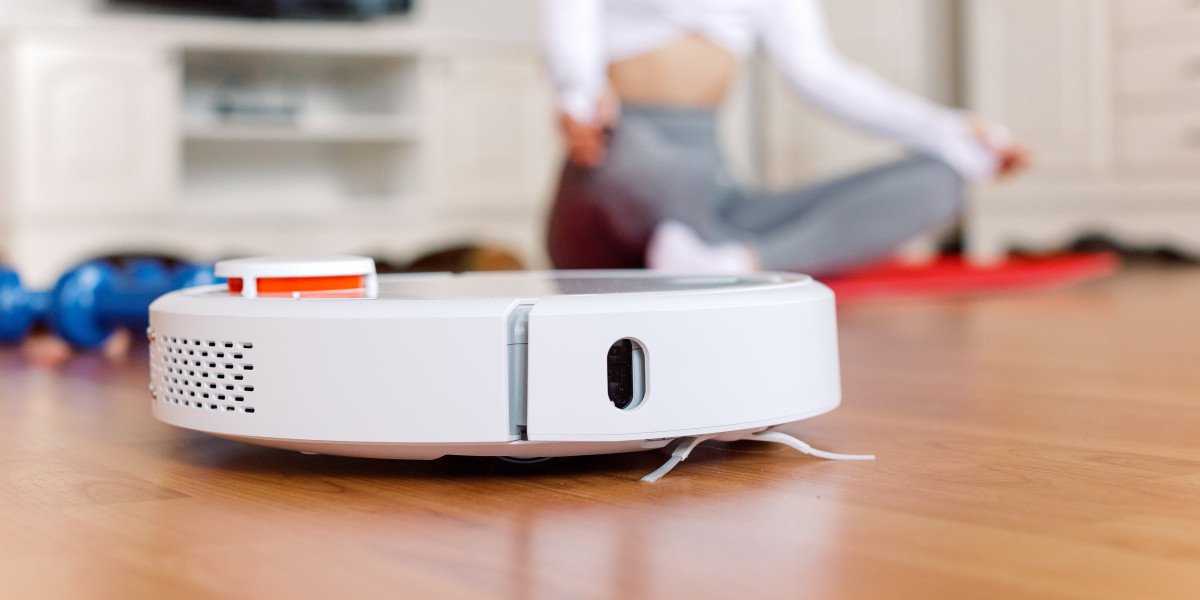China has become a global leader in the China fiber laser cutting machine industry, with numerous manufacturers offering machines that seem similar on the surface but have vastly different price tags. Many buyers are often puzzled by how two machines with the same power rating—such as 1kW, 3kW, or even 10kW—can have prices that differ by thousands, sometimes even tens of thousands of dollars.
This question is not just about the machine itself but also about various technical, economic, and business factors that influence pricing. Let’s explore these factors in detail.
1. Brand Reputation and Manufacturer Quality
One of the biggest reasons for price differences is the brand and reputation of the manufacturer. Well-known manufacturers such as Han’s Laser, HSG Laser, Bodor, and Jinan GWEIKE have built strong reputations over the years by consistently producing high-quality machines with reliable components.
On the other hand, lesser-known or new manufacturers may offer similar specifications but at much lower prices to attract customers. However, the reliability, quality control, and customer support from such brands may not match that of well-established companies.
A reputable manufacturer invests in:
- High-precision production facilities
- Strict quality control measures
- Better engineering and research
- Strong customer support
Cheaper alternatives may cut costs by skipping or reducing some of these aspects.
2. Laser Source Differences
The fiber laser source is the heart of the cutting machine. Even if two machines have the same power rating (e.g., 3kW), their performance can differ based on the type and brand of laser source used.
Common Laser Sources in China Fiber Laser Machines:
- IPG Photonics (Germany/USA) – High-end, premium quality, long lifespan
- Raycus (China) – Most common in mid-range machines, cost-effective
- Maxphotonics (China) – Budget-friendly, reliable but not as durable as IPG or Raycus
- JPT (China) – Used for precision applications, often in engraving or small cutting jobs
Machines with IPG sources will cost significantly more than those using Raycus or Maxphotonics, even if the power rating is the same.
Why?
- IPG sources last longer (typically 100,000 hours)
- Better beam quality and cutting precision
- Higher energy efficiency, leading to lower operating costs
Some manufacturers may use rebranded or low-quality laser sources, which perform inconsistently or degrade faster, reducing long-term reliability.
3. Laser Cutting Head and Lens Quality
The cutting head plays a critical role in beam delivery and focus, impacting precision and cutting speed. High-quality machines often feature:
- Auto-focus heads (such as Precitec, RayTools, WSX) for higher efficiency
- High-quality optical lenses that enhance laser transmission and cutting quality
Cheaper machines may use lower-grade lenses and manual-focus cutting heads, resulting in:
- Slower cutting speeds
- Inconsistent cutting quality
- Shorter lifespan of components
This is a key factor in price variations, as premium cutting heads alone can cost thousands of dollars.
4. Build Quality and Frame Stability
The structural design of the machine significantly affects its durability, precision, and vibration resistance. High-end machines use:
- Heavy-duty steel frames to minimize vibrations
- Precision-machined beds that ensure long-term cutting accuracy
Lower-priced machines may use thinner steel or less precise assembly methods, leading to:
- More vibrations during high-speed cutting
- Reduced long-term accuracy
- Higher maintenance needs
A stronger frame not only enhances performance but also ensures the machine remains reliable for years.
5. Control System and Software
Even if two machines have similar laser power, the CNC control system and software can make a massive difference in price and performance.
Common Control Systems Used in China Fiber Laser Machines:
- FANUC (Japan) – Premium, ultra-reliable, high precision
- Siemens (Germany) – Well-known, used in high-end machines
- FSCUT (Bochu, China) – Most common in mid-range machines
- CypCut (China) – Found in budget-friendly machines
Machines using FANUC or Siemens control systems are significantly more expensive but offer better precision and long-term stability. CypCut and FSCUT are more affordable, but they may lack some advanced automation features.
6. Auxiliary Components and Features
Some machines are priced higher because they include advanced auxiliary components such as:
- Automatic loading/unloading systems – Improve production efficiency
- Dual worktables – Allow for faster material switching
- High-end cooling systems – Improve machine longevity and stability
Budget-friendly machines often cut costs by reducing automation and using simpler cooling systems. While this lowers the initial investment, it may increase downtime and maintenance costs in the long run.
7. Precision of Motion System
Even if two machines have the same power, the motion system affects how accurately and smoothly they cut. There are two primary types of motion systems:
- Linear Motors – More expensive but ultra-precise, used in high-end machines
- Rack & Pinion/Servo Motors – Common in mid-range machines, good performance but slightly less precision
Machines with high-end Japanese Yaskawa or German Beckhoff servo motors cost more but offer better speed, accuracy, and longevity.
Cheaper machines may use generic Chinese servo motors that provide decent performance but wear out faster.









